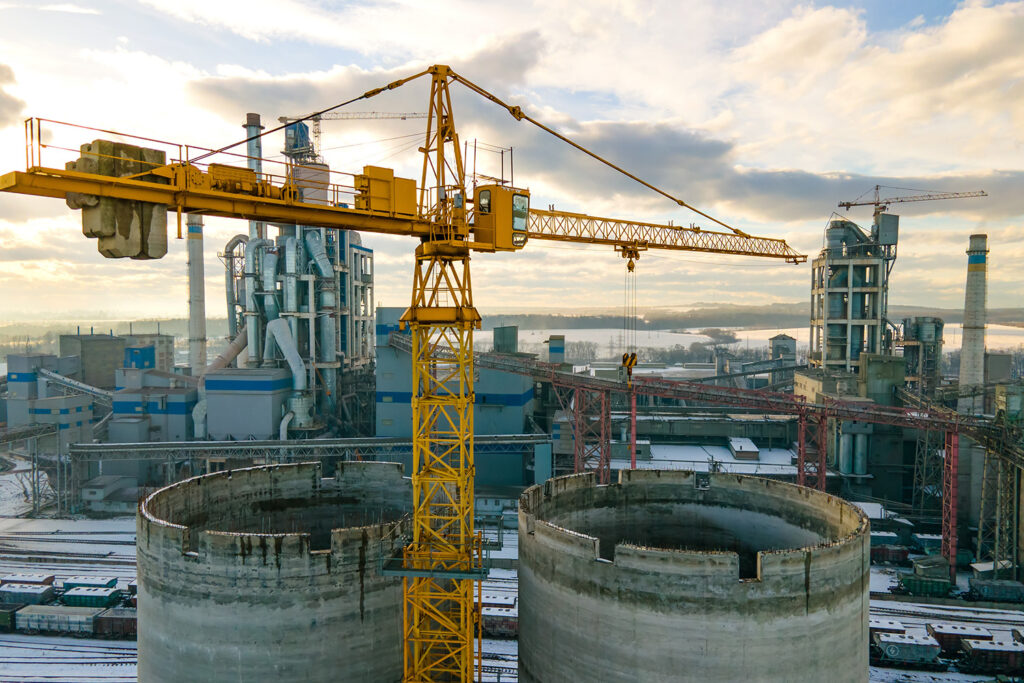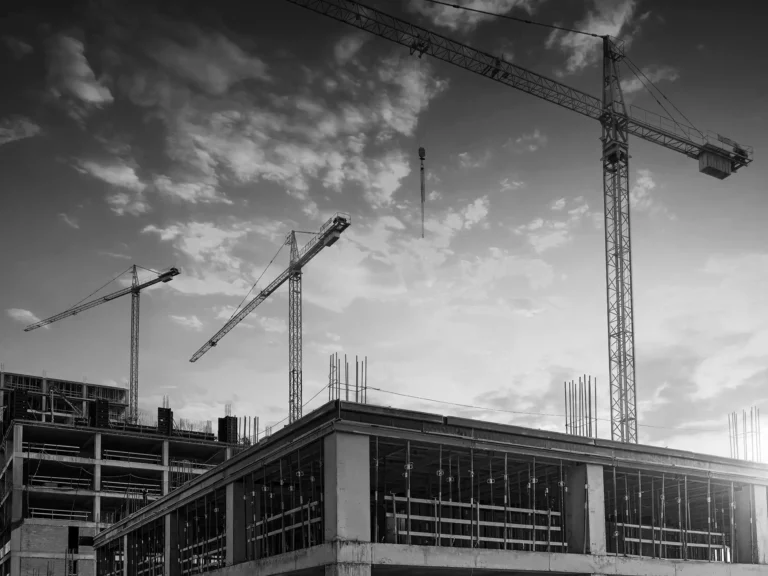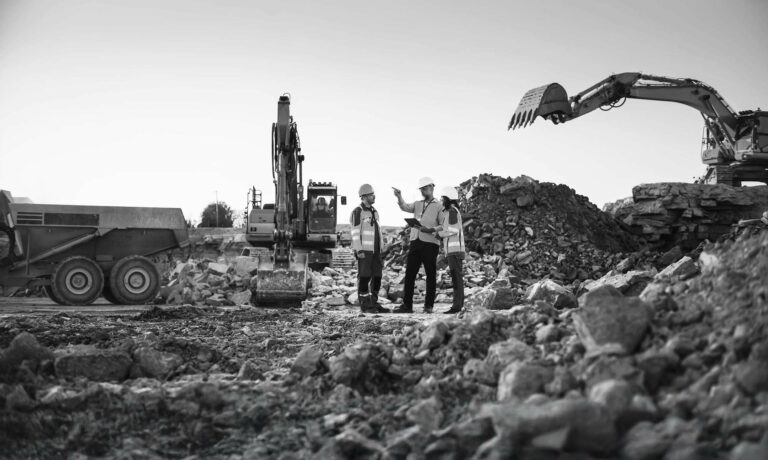It seems as though the pathway to a more sustainable construction industry is continuously being filled with roadblocks. Notwithstanding the strong lobby groups that advocate on behalf of environmentally destructive materials such as fossil fuels, there is the difficulty of change and viable alternatives. The industry is not one that necessarily welcomes change, given that many materials currently being used have been around for centuries. However, it is unfair, and simply not the case, to assume that the construction world is not adaptable. In fact, in countless ways the industry is nimble, innovative, and highly flexible. With the advancement of AI and 3D printing, we are seeing glimpses of a construction industry that embraces change and moves forward in a more positive and sustainable way. The problem is, however, that many construction materials and the way modern buildings are made mean that the industry finds itself in a difficult spot. Simply put, the level of pollution created by construction is too high.
In a White Paper document published by the World Economic Forum in 2021, the Global Future Council on Net-Zero Transition made stark warnings in relation to the necessary changes that need to take place on a global scale. “Three things need to happen to limit global warming to safe levels in line with the Paris Agreement: greenhouse gas emissions need to be halved by 2030; net-zero emissions must be achieved by 2050; and global emissions will need to become net-negative emissions after 2050.”

While many will be familiar with the term net-zero in relation to carbon emissions, the concept of ‘net-negative’ is somewhat more recent. The International Energy Agency explains it as follows. “Carbon neutrality, or “net zero,” means that any CO2 released into the atmosphere from human activity is balanced by an equivalent amount being removed. Becoming carbon negative requires a company, sector, or country to remove more CO2 from the atmosphere than it emits.” With the construction industry being heavily reliant on concrete, a material that accounts for almost one tenth of the world’s carbon emissions alone, it appears the industry is facing an incredibly difficult task to bring it to fruition.
The drive for net-negative could be given a massive boost with the introduction of an innovative new building technique called Breathe Bricks. Designed by Carmen Trudell, a professor at Cal Poly San Luis Obispo College of Architecture and Environmental Design, this process is made from a type of porous rock and is based on the basic principle of air filtration. By using an innovative design and including a ‘cyclone’ within the structure, these bricks absorb polluted air and release clear air in return. The research and testing that brought this process to fruition is based on the concept of filters. Indeed, Trudell worked with engineering professor Tracy Thatcher to develop a building component that works as a sort of passive filtration system. The Breathe Brick itself is a porous masonry unit that stacks to produce a filtration and structural façade system.
Breathe Bricks are not the only materials that are assisting in the gradual shift towards a net-negative construction landscape, however. In a huge turnaround for what had been a virtually ignored material, hemp is making something of a comeback in recent times. While industrial hemp has been used as part of the construction process for thousands of years, it has been ignored in more recent times. However, it is now becoming a genuinely exciting proposition for meeting net-negative targets. Due to its incredible properties such as fast growth, dense canopy, and its ability to grow in nutrient-poor soil, it is vastly more efficient at sequestering carbon than trees. While in construction, when combined with a lime-based binder it forms a material called Hempcrete, a carbon-negative building material that can sequester around 100 kgs of CO2 per square meter. The mix creates a long-lasting fibrous insulation wall assembly that is fire-resistant, carbon-sequestering and repels mold and pests. Because hemp sequesters carbon while in the walls of a building, hempcrete is an excellent zero-carbon building material that can offset the construction industry’s carbon footprint. While the lightweight blocks do not have the structural strength for load-bearing situations, they have many uses on a jobsite. From replacing traditional drywall, to its benefits as both insulation and siding, it offers huge energy-saving benefits.
Coexist Build, a PA-licensed architect-led company that is “determined to revolutionize conventional construction practices and bring healthier options to the market,” is one of the loudest voices in developing hempcrete as a genuine option. The company combines an architectural studio with its very own regenerative organic farm to run a research and development lab for hemp-based materials. The main aim of Coexist Build is to produce building materials that give back to the environment they are built from. In essence, it is seeking to produce net-negative. “We develop systems that create an ecosystem where the natural world can coexist with humans in a clean and healthy way because our systems give back. We believe there is a lot to be explored and that is why we operate a research and development facility to innovate and create new materials and systems that work.”

The company was set up by husband-and-wife team Anastasiya Konopatskaya and Drew Oberholtzer with Konopatskaya recently assisting in the writing of a successful application for hempcrete to become officially approved in the model US residential building code for 2024. The hearing was overseen by the International Code Council and is an enormous breakthrough for advocates of the material. Speaking after the successful application, Konopatskaya said that the certification is a huge step forward. “It is a groundbreaking achievement. As an architect, including hemplime into the building code is of paramount importance. It will allow architects like myself, focused on sustainability, to specify this product in any municipality across the US.”
Due to industrial hemp production only recently being legalized in the United States, much of the hemp used in hempcrete production is still imported from Europe. Despite this challenge, production is well under way and blocks are now being brought to the industry. According to Oberholtzer, this shift in production will have hugely positive effects on the scale of carbon savings that can now be achieved. “The biggest variable in the amount of carbon sequestered in manufacturing hempcrete is transportation of raw material to a manufacturer and [then to the] project site. With the development of local supply chains from seed or farm to gate, the amount of carbon sequestered will be optimal.”
Since 2019, Coexist has been developing hempcrete and demonstrating its potential with the goal being a shift in the way the industry thinks and acts. With much work being done since then, it seems as though things might be paying off. Recently, hempcrete has been reaching the mainstream with commercial projects such as the American Airlines Terminal upgrade at LAX, to residential condos in TriBeCa. For Oberholtzer, Konopatskaya and all at Coexist Build, attitudes are changing. With net-negative now becoming a necessity rather than an add-on, it can’t change quickly enough. “Concern over toxics, allergens, synthetics, and plastics is rising. Also, people care more about the Earth than ever before. Attention is being given to carbon embodiment, carbon impact, regenerative materials, recycling, sustainability, waste, and renewability. Coexist Build addresses all of these concerns through the design and construction, using methods and materials that are natural and coexist with the environment.”


















